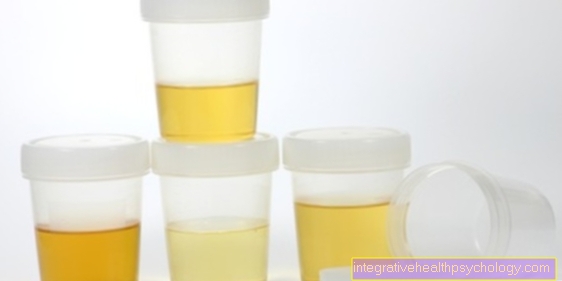hellebore

Latin name
Veratrum album
Common names
Emilia, germander, lice herb, white hellebore
Plant description
The hellebore plant can up to 1 m high become. You can recognize them by their short, thick, branched roots. The leaves are large, wide, elongated. Small, greenish white flowers sit in clusters on panicles on the upper part of the stem of the hellebore.
Flowering period: July to August
Occurrence: Mountains, in the Alps up to 2000 m altitude on moist meadows.
Plant parts used medicinally
To obtain the medically effective parts of the hellebore, only the root used.
ingredients
Alkaloids, very poisonus!
Medicinal effect and application
In folk medicine, the hellebore was often used, especially in the mountains, perhaps still today. Applied to, for example
- depressions
- rheumatism
- Sciatica
However, only dosed in very small quantities. It is not advisable to use it, as the hellebore is already ingested in very small amounts Cause poisoning can and in larger amounts are fatal works.
Use in homeopathy
Veratrum album (extracted from the hellebore) is a well-known remedy in homeopathy and prescription up to D3! Veratrum album is prescribed for people who are inclined to do so
- Circulatory collapse in connection with infectious diseases
- Vomiting diarrhea
- cholera
- Heart failure with palpitations
- Shortness of breath
- cold sweat / cold skin
Patients who need Veratrum album experience coldness all over their bodies. Improvement of the complaints through warmth, hot pads and lying at rest. The most common exponentiation is at D4, D6 and D12
Side effects
The plant is very poisonus and should not used by laypeople become.





























